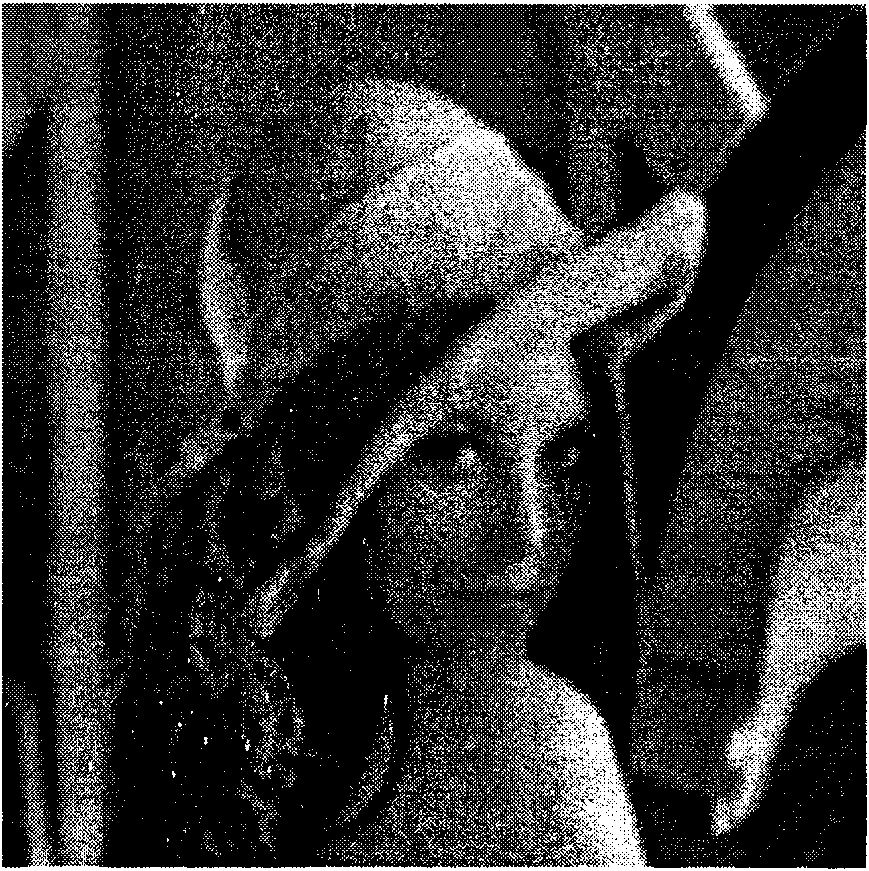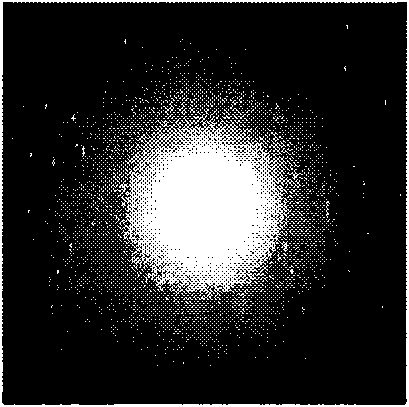Image restoration method based on double-edge wave filter and margin deconvolution
A bilateral filter and deconvolution technology, applied in image enhancement, image data processing, instruments, etc., can solve problems such as affecting restoration effect, loss of image details, ringing effect, etc.
- Summary
- Abstract
- Description
- Claims
- Application Information
AI Technical Summary
Problems solved by technology
Method used
Image
Examples
Embodiment Construction
[0047] As shown in Figure 1, the known information of the method of the present invention is the blurred image B to be restored and the blur kernel h. Image B and the blur kernel use the standard RL algorithm to perform high-order iterations to obtain a restored image containing ringing.
[0048] The iterative process is as follows:
[0049] I t + 1 = I t [ h * ⊗ B ( I t ⊗ h ) ]
[0050] in:
[0051] h * (i, j)=h(-j,-i), i, j represent with the center of fuzzy kernel as coordinate origin, the coordinate value of each pixel in the fuzzy kernel;
[0052] t represents the number of iterations;
[0053] I t Indicates the restored ima...
PUM
 Login to View More
Login to View More Abstract
Description
Claims
Application Information
 Login to View More
Login to View More - R&D
- Intellectual Property
- Life Sciences
- Materials
- Tech Scout
- Unparalleled Data Quality
- Higher Quality Content
- 60% Fewer Hallucinations
Browse by: Latest US Patents, China's latest patents, Technical Efficacy Thesaurus, Application Domain, Technology Topic, Popular Technical Reports.
© 2025 PatSnap. All rights reserved.Legal|Privacy policy|Modern Slavery Act Transparency Statement|Sitemap|About US| Contact US: help@patsnap.com



